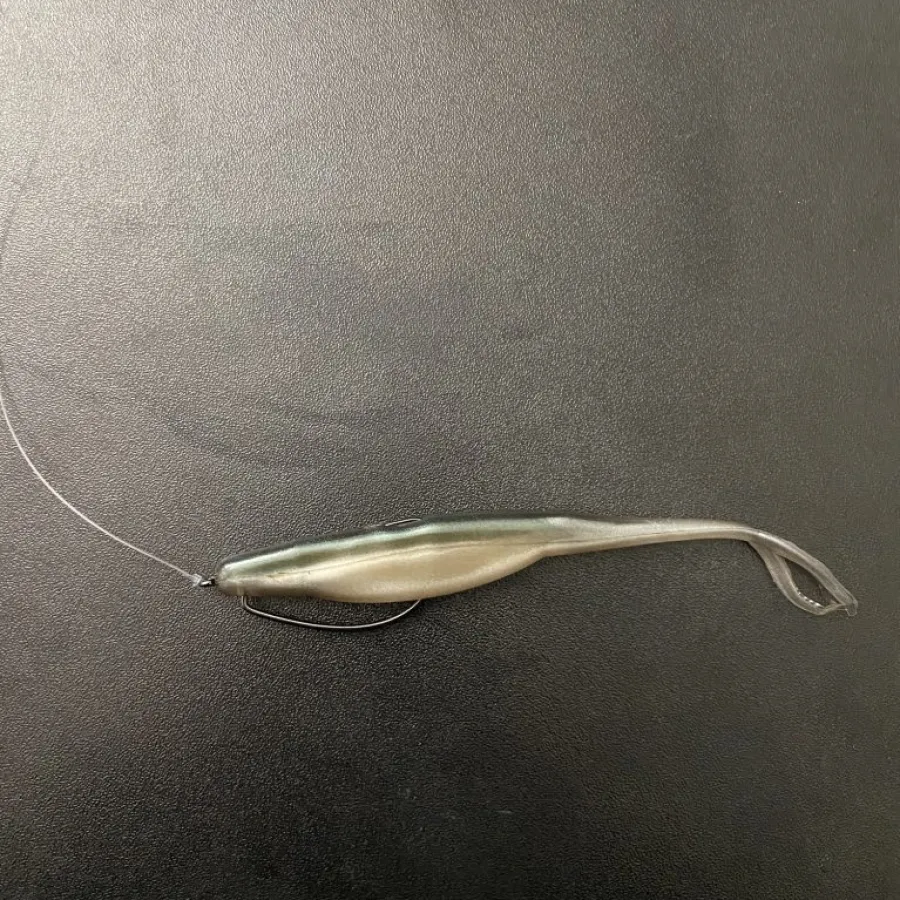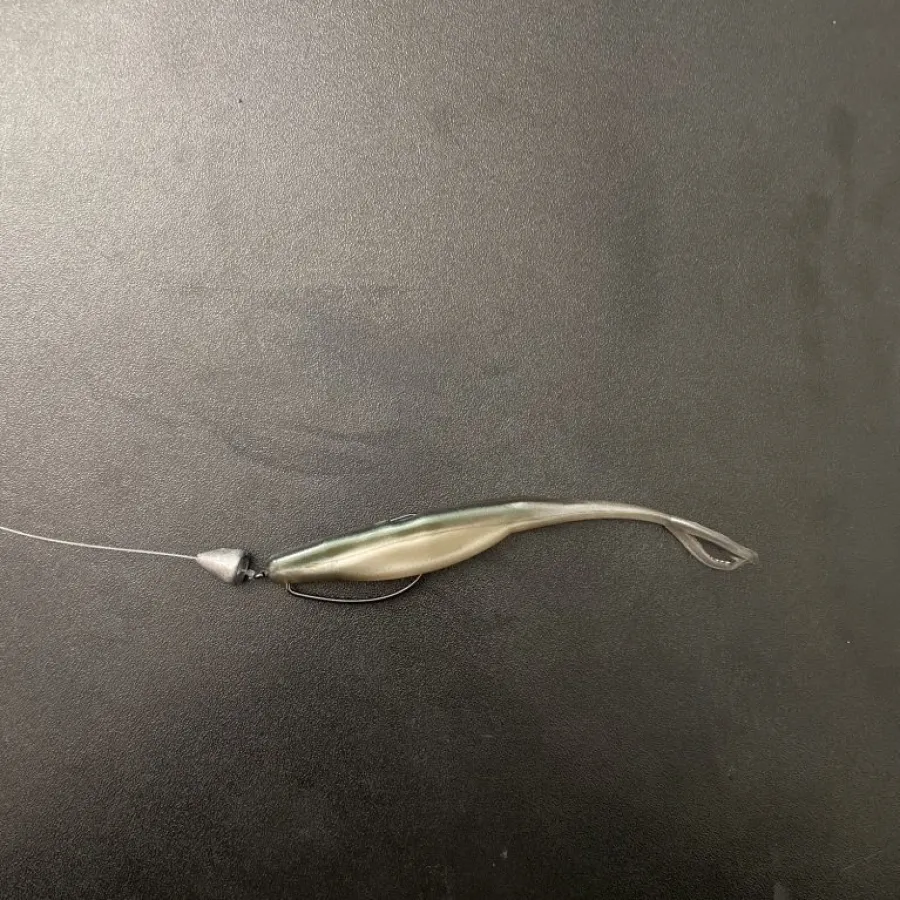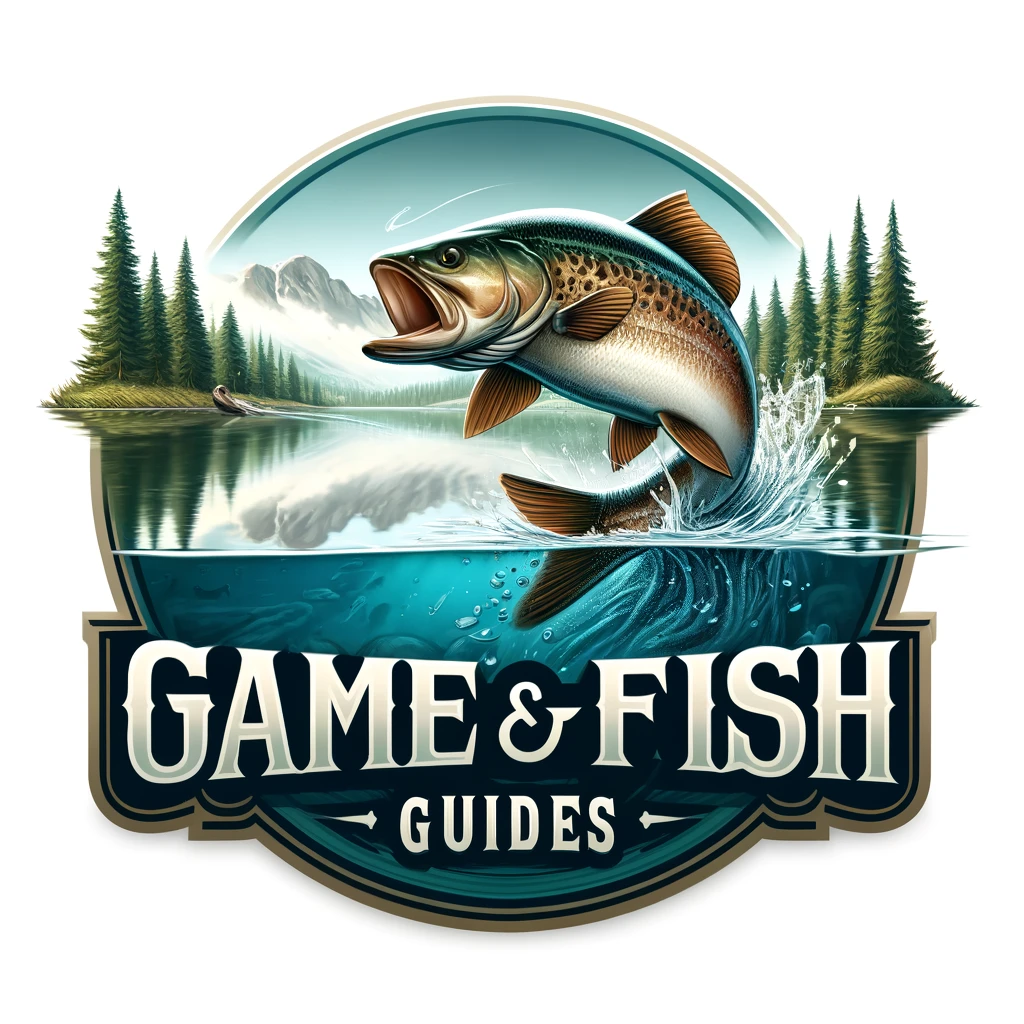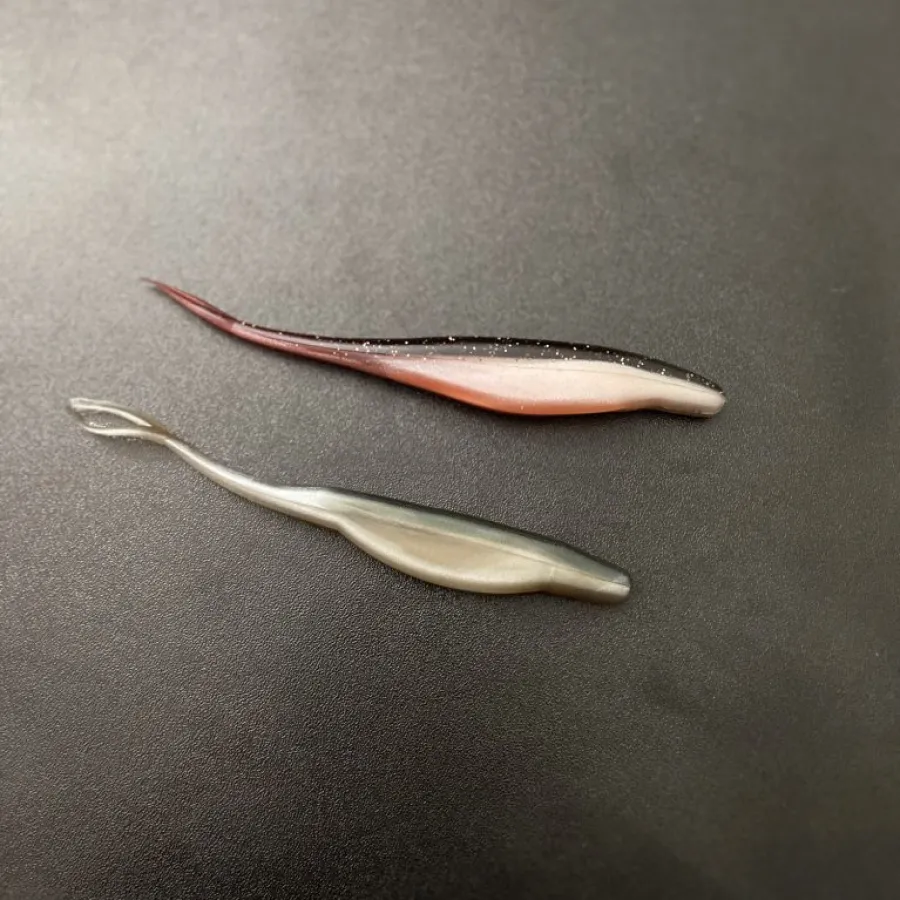Fishing a fluke for bass is one of my absolute favorite methods. This is especially true during the warmer seasons like late spring to early fall when the fish are looking for higher action baits. These soft plastic lures are meant to imitate a wounded baitfish, like a shad or minnow. There are multiple ways to use these baits. So in this article, I’ll give you some different techniques so you can try them for yourself.
A Look At Fluke Lures
Knowing the ins and outs of fluke lures is important for your success, these aren’t a bait that you just straight retrieve or let it sit. These soft plastic baits look like fish in shape, but you have to bring them to life by finessing them.
Lure color does matter here, and so does the size of your fluke. This will directly impact your success, and it’s the difference maker between catching bass and getting skunked. I always select my bait colors based on water clarity, time of year, and temperature. Being that I usually only fish flukes during warmer months and in clear water, I typically use a natural color like green, white, or silver.
Fluke Rigging Techniques for Bass Fishing
Weightless & Weedless
This one’s pretty straightforward. Honestly, this is how I usually fish a fluke, especially during the summer when it’s hot. All you have to do is rig it up like a Texas rig, except you don’t use a bullet weight. Toss it out there and just make small twitches as you real it in. By doing this, you make the bait dart erratically through the water. This technique requires very little skill or knowledge of different rigs.

Texas Rigging A Fluke
Now we’re going to take the weightless rig and add a weight to it and hook it the same way.
The Texas rig is a must-have when you’re fishing in dense vegetation or places where you can get snagged easily. Rigging a weedless Texas with your fluke lure allows you to fish in these difficult spots. By minimizing snags, you can spend more time catching fish and less time trying to get your bait back.
This rig is pretty straightforward and I usually will use it one of two ways. I will either lift my rod tip to lift the bait off the ground and then let it fall. Reel in my slack, and repeat.
The other way you can do this is by slowly dragging your bait just a couple of inches at a time on the bottom. I like to use a sideswiping pull when I do this.

The Carolina Rig: A Deep-Water Strategy
For bass fishing in deeper water or when you’re unsure of where the fish are, the Carolina rig is great. This setup keeps the bait close to the bottom with a weight but allows the bait itself to suspend slightly.
As you drag the weight and fluke, it creates commotion and draws attention to it. Depending on what bait I’m using and how I want it to move when it’s suspended, I will adjust the leader length. For the most part, you should be fine with a 12-inch leader.
Drop Shot Rig for Precision Bass Fishing
The drop shot rig is perfect for fishing when the bass are suspended at a specific depth. This rig has the weight hanging below your bait, so it moves and hovers suspended where you want it to be. When I’m fishing a fluke, I’ll usually have my weight tied below about 8 inches. This is not necessarily a rule, but my personal preference.
Tips for Fluke Fishing
Fishing for bass with flukes can be super productive, but there are a few things you need to know to make them work well for you, which we went over above. First off, it’s really important to understand the conditions you’re fishing in. Things like water clarity, water temperature, and what time of year it is can all make a big difference in how you use a fluke. When you’re using flukes, the idea is to make it move just like a wounded bait fish would move. That’s why I like the weightless approach, I feel like this method creates a realistic and erratic movement.
Understanding the different ways to set up your lure will be the key to your success. Like the Texas rig for fishing heavy vegetation and stuff in the water, the Carolina rig for fishing in deeper water, or drop shotting when you’re trying to target suspended fish.

